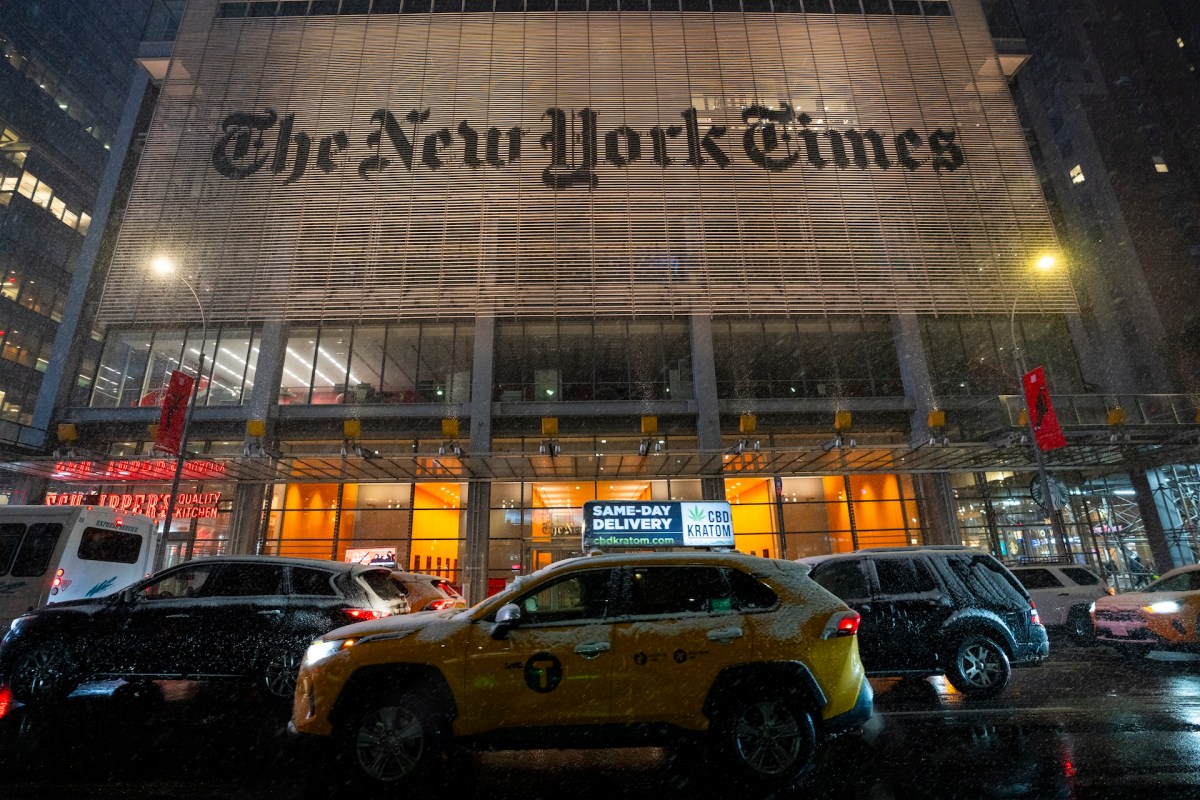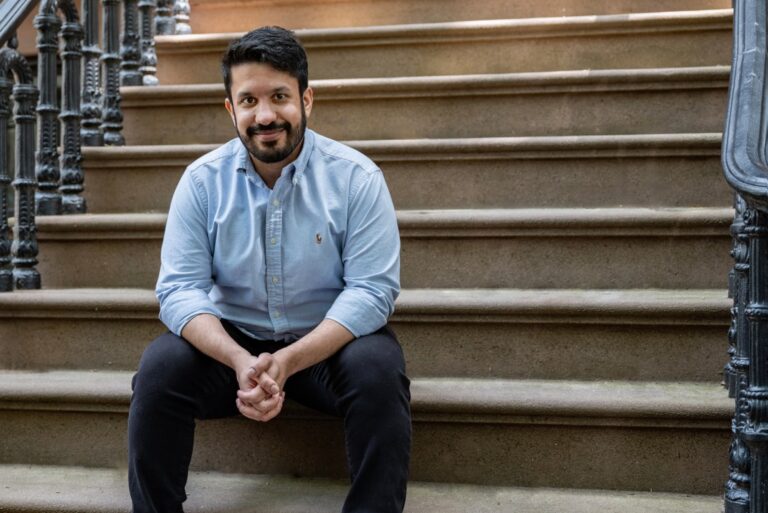The New York Times Embraces AI Innovation: New Tools Approved for Product and Editorial Teams
The New York Times has recently embraced the integration of AI tools within its product and editorial teams, marking a significant step towards modernizing its operations. According to a report by Semafor, this initiative allows for the potential use of AI in various tasks such as writing social media copy, generating SEO headlines, and even coding.
Introduction of AI Summary Tool: Echo
In an email to its staff, the New York Times announced the launch of an internal AI summary tool named Echo. This tool is designed to streamline content creation and enhance productivity among the editorial teams.
AI Tools for Editorial and Product Development
The publication has introduced a range of AI products that staff can utilize for:
- Building web products
- Developing editorial ideas
Alongside this, the New York Times has provided editorial guidelines for the responsible use of these AI tools. Staff members are encouraged to leverage AI for:
- Suggesting edits
- Brainstorming interview questions
- Conducting research
Guidelines for AI Usage
While the use of AI is encouraged, the guidelines clearly state that:
- AI should not be used to draft or significantly revise articles.
- Confidential source information must not be input into AI systems.
Future Possibilities with AI
The New York Times is also exploring the potential of AI to:
- Implement digitally voiced articles
- Provide translations into various languages
Approved AI Programs
According to Semafor, the publication has approved several AI programs for use, including:
- GitHub Copilot for programming assistance
- Google’s Vertex AI for product development
- NotebookLM
- Various Amazon AI products
- OpenAI’s non-ChatGPT API through a business account
Ongoing Legal Challenges
This move towards AI tools comes amidst ongoing legal disputes involving the New York Times, OpenAI, and Microsoft. The publication is currently embroiled in a lawsuit, alleging that these companies have violated copyright laws by training generative AI models on content produced by the Times.
For more information on the latest developments in AI and media, visit The New York Times.







